History
A Tapestry of Timeless Architecture and Community Charm
Floral Park began to blossom in the early 1920s, soon after World War I. As the weary soldiers returned home, many married their sweethearts and made plans to settle down, buy a house, and have a family. They brought with them visions of quaint French Normandy and English Tudor cottages, colorful Spanish Colonial villas, and dignified Italianate homes.During the prosperous years of the 1920s, it was said that “every man could have his castle and he could have it in any style he wanted.” Floral Park, with its rich cornucopia of architectural styles, is particularly representative of that trend.
The streetscapes of Floral Park grew from an occasional large farm house among the orange, avocado and walnut groves to sections of single-family homes in a variety of romantic styles. Spanish Colonial Revival houses, with their red tile roofs and softly colored stucco exteriors, were particularly popular. Shaded by palm trees, they became a symbol of Southern California living.
English Tudor Revival homes, exhibiting lots of charm and character, were built in many versions. Early American designs, such as Federal, Cape Cod and Georgian, added to the rich variety. Architects enjoyed mixing features, taking what they liked from each style and creating one-of-a-kind homes.
In the 1930s and early 1940s, there were still several orange groves in Floral Park. After World War II, the remaining groves disappeared as a new building boom resulted in the construction of new custom ranch-style homes with large light-filled rooms, sliding glass doors to back yards, and open horizontal floor plans. Garages, now attached to the house, became necessary as more families had two cars.
The Floral Park Neighborhood Association works actively to preserve the character and beauty of the neighborhood and to provide a sense of friendliness and helpfulness to its residents. Over 200 individual homes in the neighborhood are currently listed on the Santa Ana Historic Register. In 2023, the neighborhood was added to the National List of Historic Places by the United States Department of the Interior, a 15-year goal towards preserving and enhancing the charm and desirable nature of our neighborhood.
Library
Articles & Documents
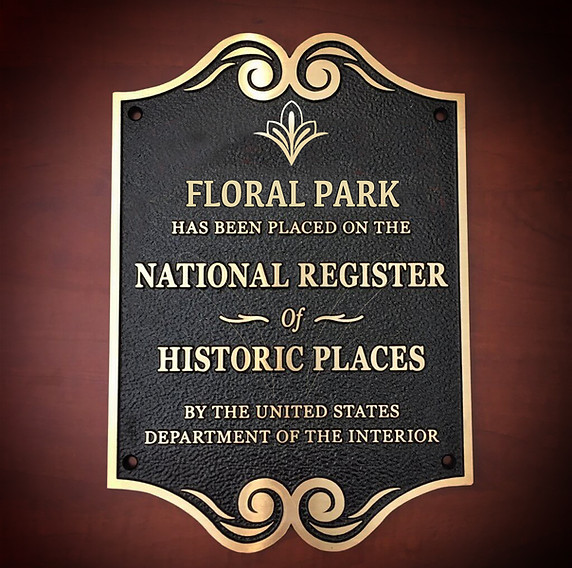
National Historic District
The Story of Floral Park
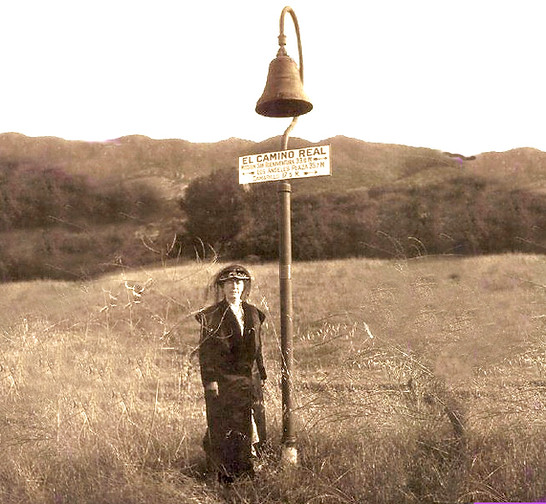
Tolls of the Past
Bells of the El Camino Real
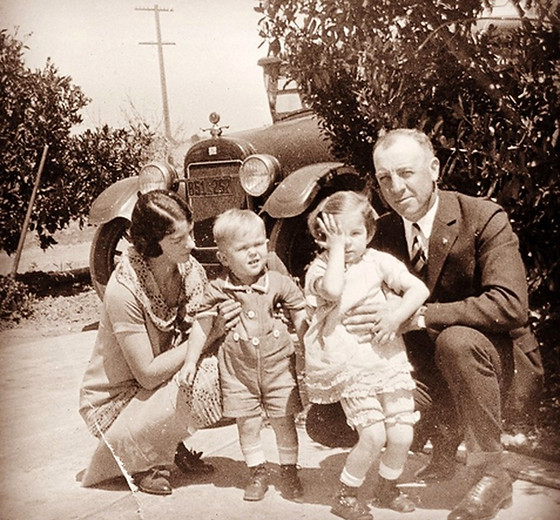
The Queen of Victoria Drive
Ruth Ann Segerstrom

Early Architecture of Floral Park
Monterey Revival
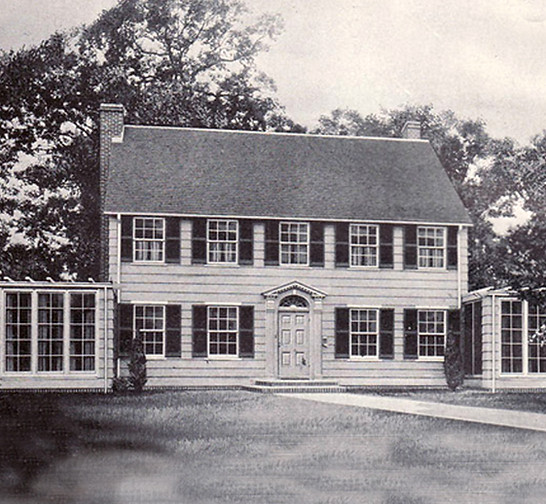
Early Architecture of Floral Park
Colonial Revival
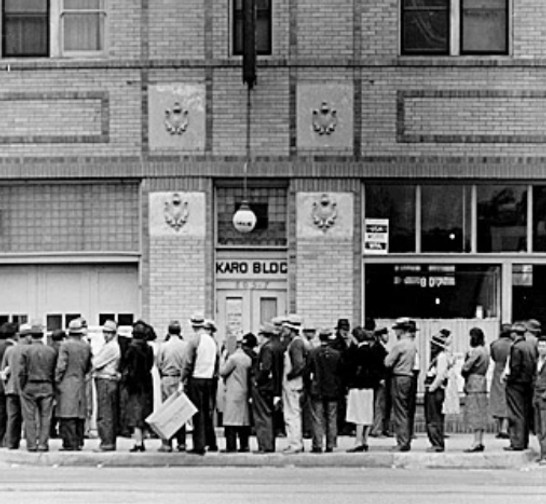
Early Architecture of Floral Park
The Depression Years
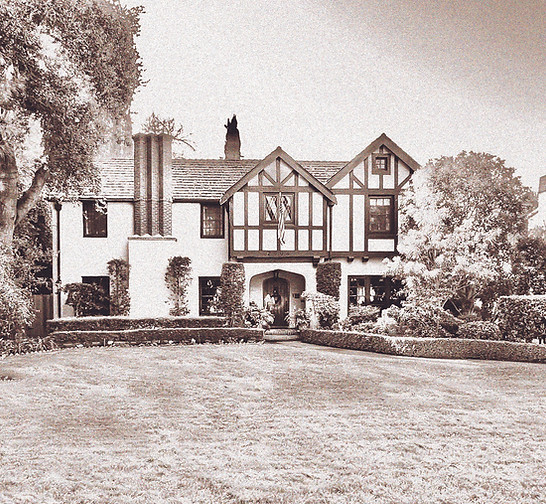
Early Architecture of Floral Park
Tudor Revival

Early Architecture of Floral Park
Spanish Colonial Revival
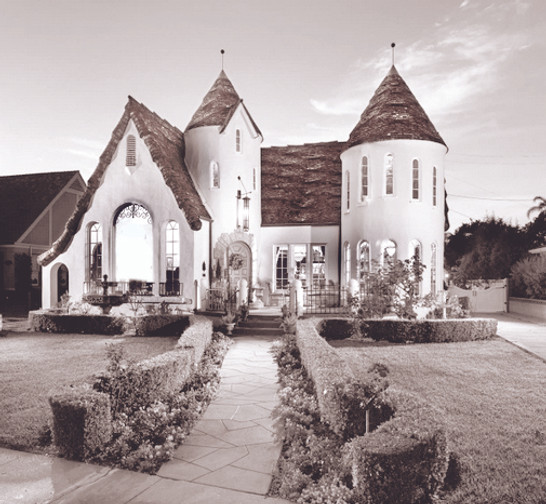
Early Architecture of Floral Park
Storybook
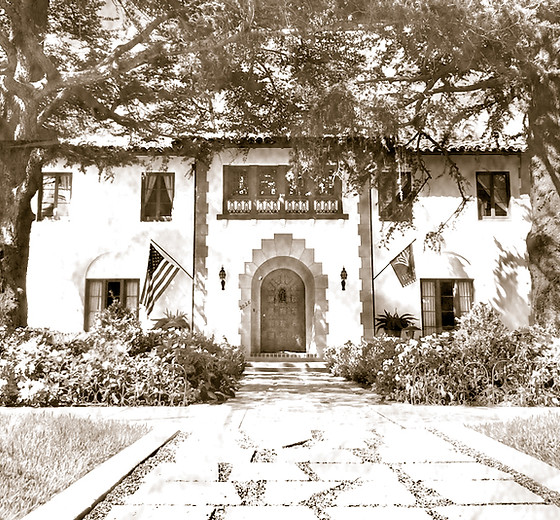
Historic Preservation
Restoring the George
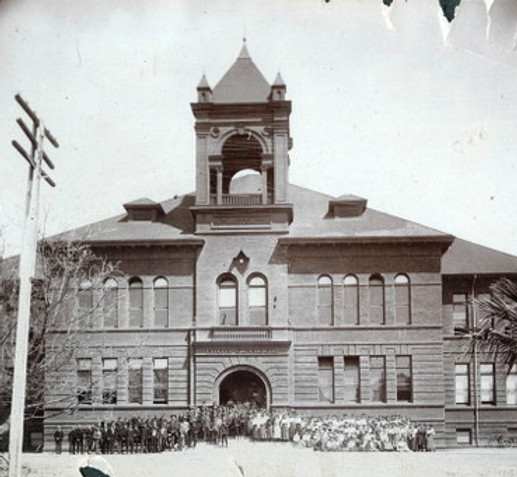
Santa Ana Polytechnic
High School

Early Architecture of Floral Park
Craftsman Bungalows
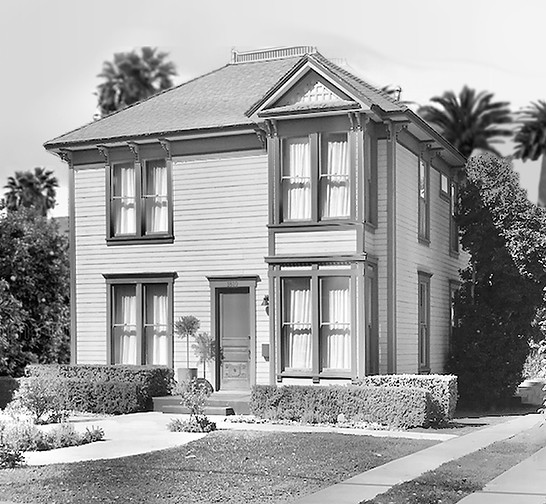
Early Architecture of Floral Park
The Victorians
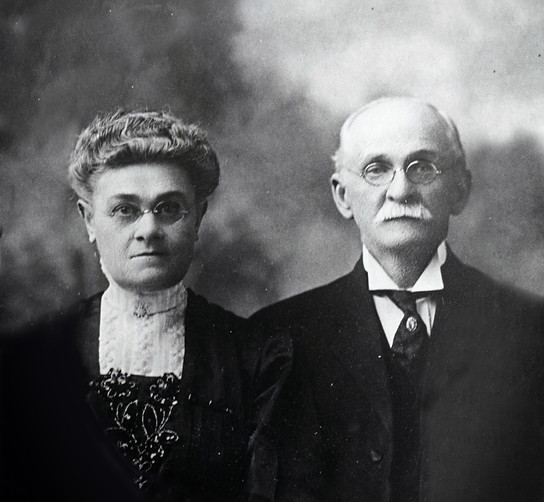
Building on a Dream
The Bowers
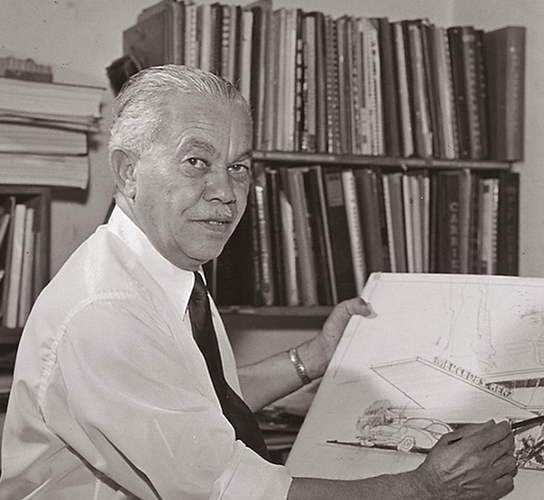
Architect to the Stars
Paul Revere Williams
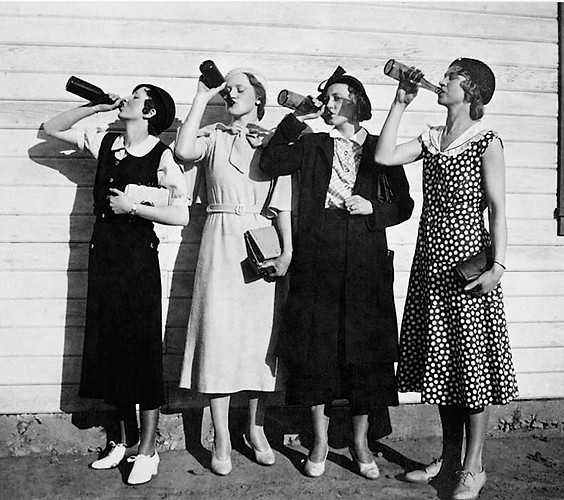
Prohibition
Dry Times in Santa Ana

The Historic
Elliott House

The Majaraja of Indore
When Royalty Lived in Floral Park

The Princess of Heliotrope Dr
The Story Continues

When Oranges were Gold
Floral Park’s Rich Citrus Heritage
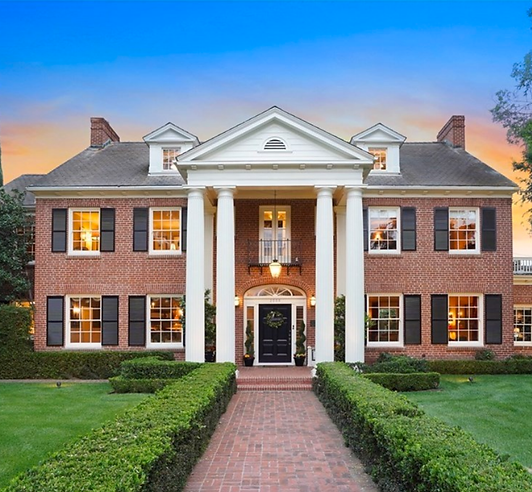
House of Dynasties
The Historic Russell Mansion

The House that Westerns Built
2121 North Flower Street

Orange County’s
Most Inclusive Neighborhood
National Historic District Designation
In February 2023, Floral Park was added to the National Register of Historic Places by the U.S Department of the Interior as a National Historic District. This was a goal the neighborhood had been working towards since 2008. The purpose of seeking this distinction is to provide protections for the treasured architectural landscape of our neighborhood. This distinction has both state and federal provisions through the Department of the Interior and the National Park Service. This will also make certain grant opportunities available for the restoration and rehabilitation of our historic homes in the neighborhood.
Why did Floral Park want to be listed as a National Register Historic District?
Floral Park is already an area of local historic significance. Historic buildings are tangible links with the past. They help give a community a sense of identity, stability and orientation. It will help the neighborhood preserve the aesthetic value and character that attracted us to the neighborhood in the first place, and give it the recognition and distinction it deserves. Floral Park is a unique neighborhood within Orange County which simply cannot be recreated. While new developments may try to copy many design and architectural aspects of these homes, we have the originals and there are only 630 of them!
Will I be prevented from remodeling or adding on to my home?
Not at all! It is recognized that historic properties adapt and change over time; this process is designed to insure that such adaptations do not seriously damage their historic character. This benefits not only the property owner, but all neighbors within the Historic District. Properties listed on the Historic Register are subject to the Secretary of the Interior Standards for Preservation, Rehabilitation, Restoration and Reconstruction of Historic Buildings, but interpretation and application of these guidelines is administered through local governments, which, in Santa Ana, is through the Historic Resources Commission. These guidelines apply to exterior modifications only, and “modification” does not include painting.
Will Historic District designation take away my property rights?
No. To the contrary, a historic district helps protect your property rights. Part of your property’s value is based on the character and quality of the neighborhood. Historic District status would help safeguard against inappropriate development that could negatively affect your property’s value. These established guidelines should discourage construction of “spec” homes and “McMansions” that are out of character with the style, size, and quality of the existing property. It will not keep you from selling your property to anyone you like, nor will it keep you from remodeling or otherwise improving your property. By sending a message that you care about the character of the neighborhood, you invite the type of buyers who appreciate these homes. In short, historic district designation is one of the best investments the FPNA can make.
How does this differ from a Mills Act designation?
The Mills Act is a separate program administered by the State of California and is an important preservation incentive program by granting property tax relief for home-owners of qualified historic properties. Mills Act is State legislation that allows cities to enter into voluntary 10-year agreements with individual property owners. The property owner promises to maintain their historic home and make specific improvements to the property during that time. In exchange, that agreement is forwarded to the County Tax Assessor’s office, where the tax base on the home is recalculated. Most Floral Park property owners who have entered into Mills Act contracts have seen significant reductions in their property taxes. The benefits of any tax reduction transfer to new owners of the property. The inclusion of a home within the boundaries of a National Historic District may assist in the evaluation of a property for purposes of a Mills Act designation, though this does not guarantee qualification.
Will National Historic District status increase my property values?
Most likely. Historic district designation typically increases residential property values by 5-35% per decade over the values in similar, undesignated neighborhoods.
Links
- Contact for Floral Park Historic District: historic@floralpark.com
Contact for Mills Act or Santa Ana Historic Registry: PlanningDepartment@santa-ana.org - List of Santa Ana historic properties
- The Santa Ana History Room
- The Santa Ana Historical Preservation Society
- The Orange County Historical Society



